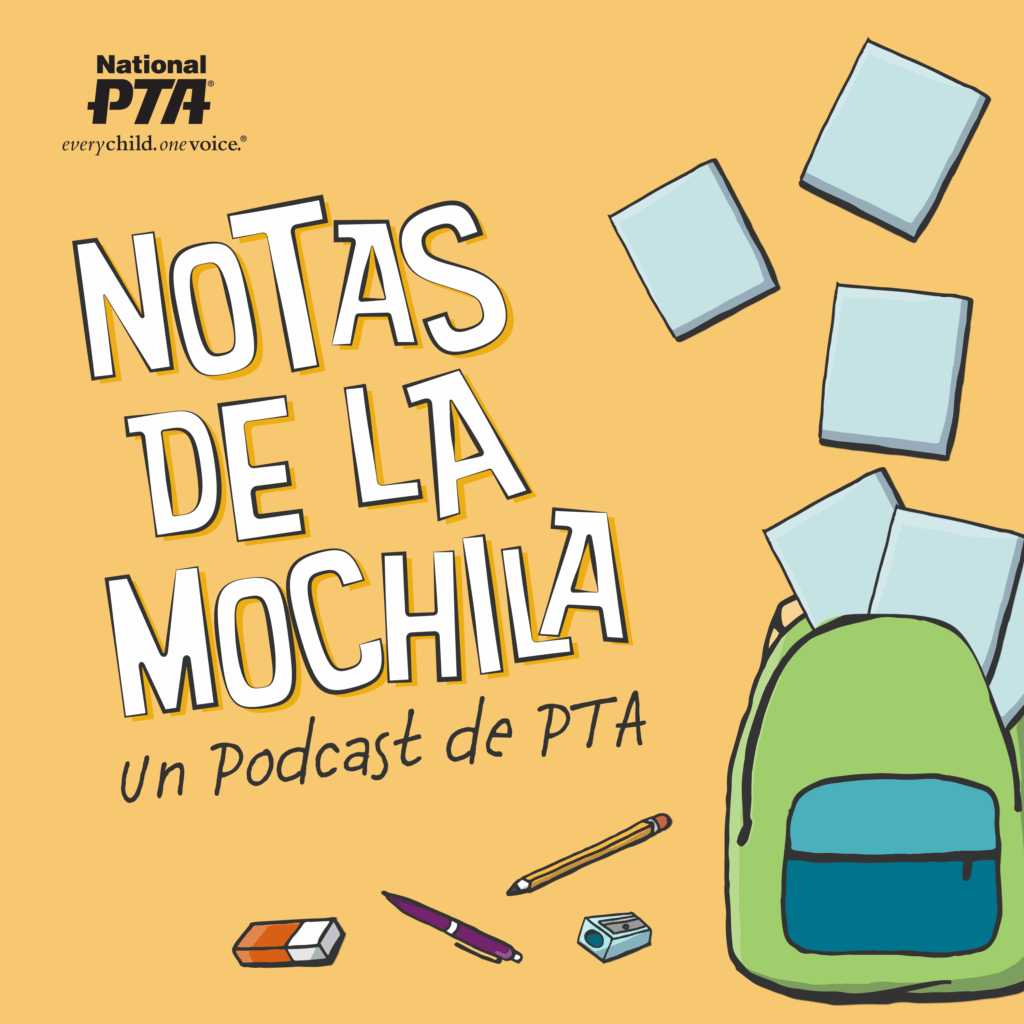At any point in time your child could be the bully or the victim of bullying in your neighborhood, on the internet or in school. And while society is becoming more aware of the bullying that our children face, parents are often ill-equipped with the knowledge of how to recognize and address it.
Here’s how you can spot a bullying incident and address them with your child.
Types of Bullies
In children’s films, it’s often easy to spot the “bad guy,” or the “bully” in the narrative. They often have exaggerated characteristics, wear dark clothing and boast a menacing laugh. In actuality, it’s not always that obvious. Discuss with your child the different types of bullying, so they can recognize when it happens.
Types of Bullying:
- Verbal Abuse: Criticizing and insulting others
- Physical Harm: Inflicting physical pain on another person
- Social Bullying: Group bullying aimed at hurting someone’s reputation
- Cyberbullying:Being harassed or socially targeted online
Bullying in School
Bullying is one of the largest developmental issues public schools face today. Research shows that 28% of high school students from grade 6 to grade 12 have been victims of bullying and 30% of students are the perpetrators of bullying.
Reports also show that teachers are frequently unaware of how much bullying may be occurring in their schools at any given time. The act of bullying and the side effects of being bullied have a wide range of concerning detriments, from developmental issues to mental health concerns.
Know the Signs
Children who have been bullied may not all present with the same indicators, and therefore it’s important to be on the lookout for any behaviors that are out of the ordinary.
Signs your child is being bullied:
- Unexplained injuries
- Destroyed or missing property such as “lost” schoolbooks
- Coming home unusually hungry
- Seeming isolated, friendless and insecure
- Insomnia, anxiety disorders and depression
Getting your child to open up about being bullied may be hard, as they may be embarrassed or fear further retaliation. Let them know that you’re there to help them when they feel ready.
Teach Verbal Self Defense
There are several techniques your child can use to neutralize a bullying encounter.
- Show them how to walk past or away from a bullying event with confidence.
- Coach them on how to stand tall and loudly repeat back the threats of the perpetrator, calling attention to themselves and calling for help.
- Give your child insight into the person they’re afraid of by teaching them empathy gives them power.
Lead The Way
Children who bully are at greater risk of a variety of troubling developmental issues. They are likely to struggle with anger management, a lack of empathy, and reacting defensively to misinterpreted social cues.
Indicators your child may be bullying others:
- Fighting
- Spending time in the principal’s office or detention
- Hanging out with the “wrong” crowd
- Coming home with new belongings or extra cash
Talk to your child about how damaging their behavior can be to their victims’ lives and explain what being a leader looks like. Frequently, bullying is the result of overcompensating for a feeling of powerlessness or insecurity.
Helping your child understand social cues, learn patience and empathy, and learn how to cope with frustration and anger is imperative to foster growth and curb these tendencies.
Create a Network of Support
Get involved in a parent group at your school to establish a school-based safety net through programs created to embolden and strengthen a child’s skills and community.
Also, creating a network through family, friends and parents can increase awareness and give children the support they need.
Karoline Gore has spent many years working with disadvantaged children, but now uses her influence as a writer to offer support to parents and their kids—which also allows her to spend more time with her own children.


















